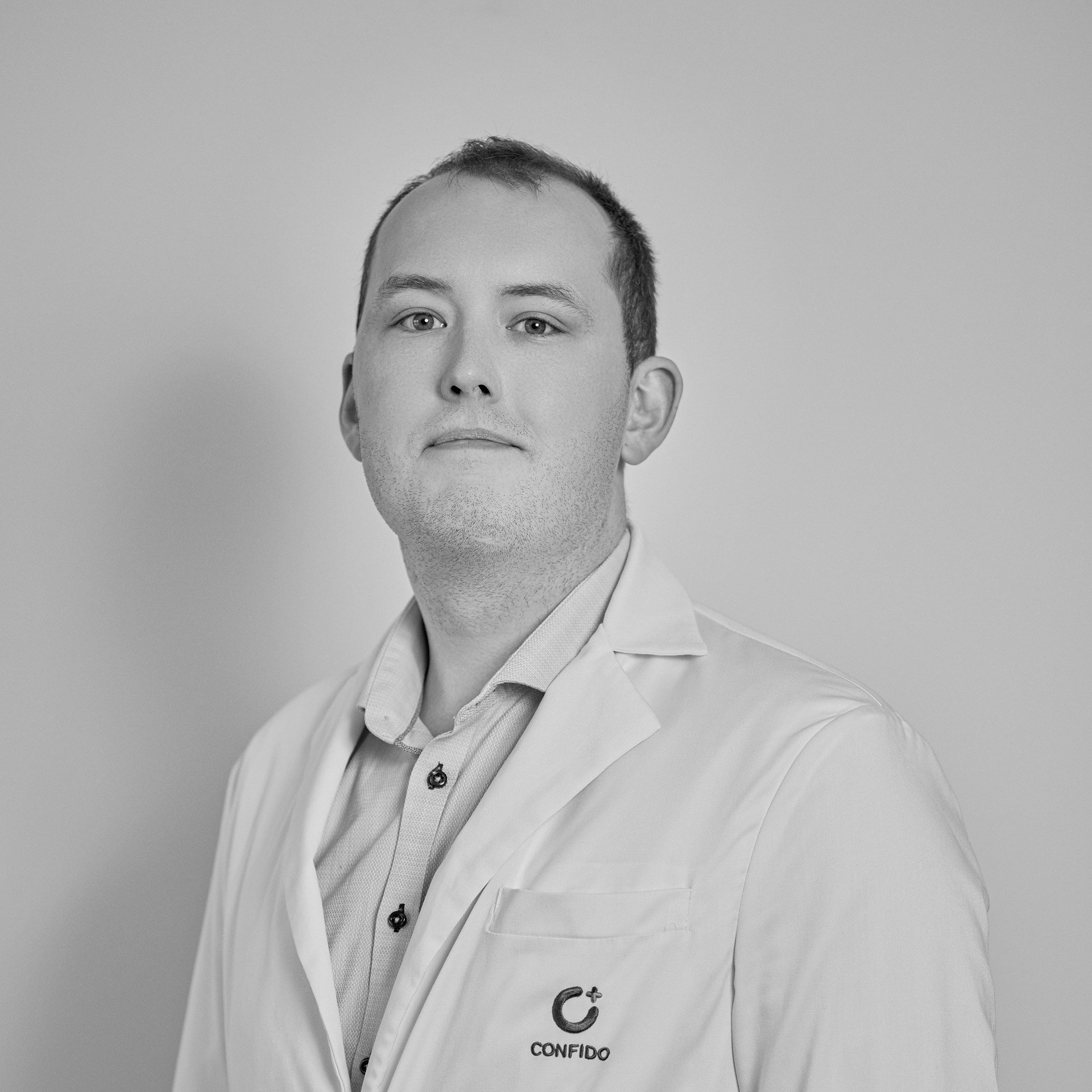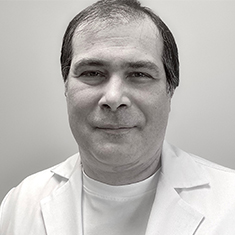Incisional hernia surgery
Look for appointment timesA hernia is the protrusion of an abdominal organ or part of it through the subcutaneous tissues of the abdominal wall. Hernias can occur in several places – the most common ones are inguinal hernia, umbilical hernia, incisional hernia, and femoral hernia. An incisional hernia develops in the area of a previous surgical incision scar. In some cases, the tissues do not heal adequately after the surgery, leaving the abdominal wall weakened. As a result, the organs may protrude outward, causing a hernia.
Diagnosing a hernia is relatively simple – when lying down, one can feel a soft “bulge” in the abdomen with their fingers. Sometimes, the hernia is visible to the naked eye, and it can even be pushed back into the abdominal cavity. The hernia is most visible when standing up and straining the abdomen. In some cases, hernias may be accompanied by pain, discomfort, or a sense of heaviness around the surgical incision site. The pain may increase with physical activity, prolonged standing, or sitting.
Risk Factors for Incisional Hernia
Incisional hernias can develop weeks, months, or even years after an abdominal surgery. It can happen to anyone who has undergone an abdominal operation. Additionally, there are some factors that increase the risk of incisional hernia:
- Obesity: Excess body weight puts more strain on the abdominal wall, potentially causing it to weaken.
- Postoperative complications: Poor healing of the incision or wound infection
- Smoking and alcohol: Unhealthy habits can impede tissue healing.
- Excessive physical strain: Caution should be exercised in sports and lifting heavy objects after surgery.
Surgery
During the operation, the surgeon removes the hernia sac through the incisions in the skin. Then, a mesh prosthesis is inserted through the same incisions to minimize the risk of hernia recurrence.
The surgery for incisional hernia removal can be performed under either local or general anesthesia, depending on the patient’s condition. Your treating physician will determine the appropriate option.
After the Procedure
After the surgery, you may need to remain under observation in the hospital for the next 24 hours. You can start light walking the day after the operation. Avoid lifting heavy objects (over 15 kg) during the first 14 days. Pain at the incision site may be present during the first 14 days.
The diagnosis and treatment of incisional hernia will be determined by your treating physician. Start your treatment journey by visiting a surgeon’s consultation!
Locations
Price
General surgeon consultation
Open surgery of incisional hernia
Laparoscopic surgery of incisional hernia
We have several payment options. Read more HERE.
BOOKING
Incisional hernia surgery







